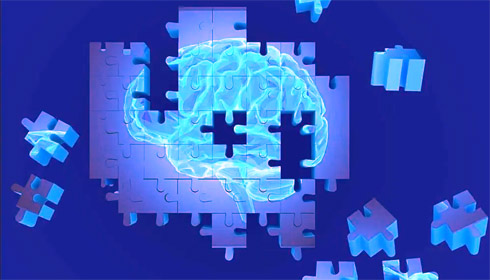
Alzheimer's puzzle piece found using giant X-ray facilities
Protein fragments that comprise Alzheimer's lesions have been implicated as a hallmark of the disease, but until now, why they accumulate or cause brain cells to die has not been understood. Now, researchers have used giant X-ray centers - called synchrotrons - to investigate and have found that biological material may contribute to the build-up of toxic iron in the brain.
The researchers, who publish their results in the journal ACS Inorganic Chemistry, say they used the Diamond Light Source synchrotron in the UK, as well as other synchrotrons in Switzerland and the US to arrive at their findings. The facility in the UK employed beams of light 10 billion times brighter than the sun to study the chemical and magnetic makeup of iron after it had interacted with beta-amyloid peptides, the fragments implicated in Alzheimer's lesions. Iron is naturally occurring in the human body and brain, and as a part of normal functioning, it converts between two chemical forms. But when one of these forms - ferrous iron - is overproduced or builds up in tissues, the researchers say it can be highly toxic. Though scientists have known that this toxic iron accumulates in the same place as brain lesions caused by Alzheimer's disease, they have not understood how and why it occurs, or whether it is a cause or symptom of the brain cell damage in patients with the disease.